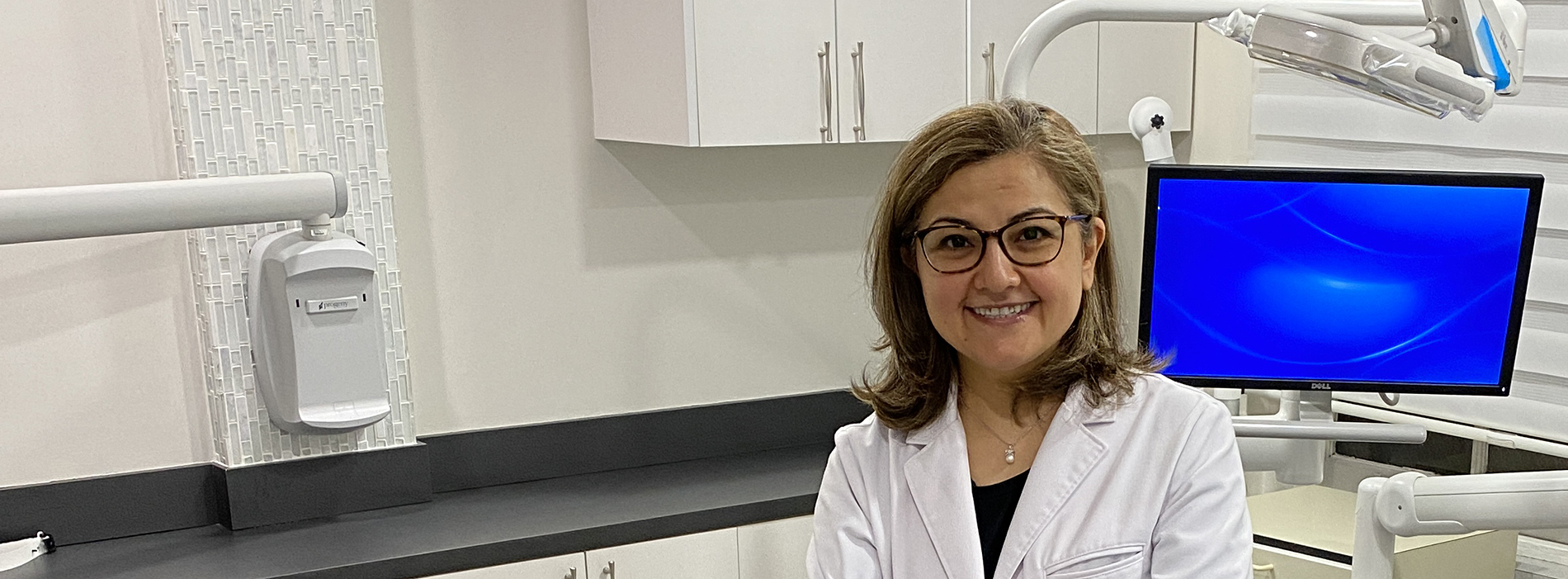
You may have heard the term gingivitis or experienced bleeding gums at some point in your life. Bleeding gums when brushing is a sign that the gum tissue is inflamed. Inflammation in the mouth is caused by high concentrations of bacteria underneath the gums. When teeth are not properly cleaned, a soft residue called plaque remains on the tooth surface, serving as the perfect environment for bacteria to live and multiply. When this plaque stays on the tooth surface for a long period of time, it becomes calcified and hardened and can no longer be removed by normal at-home cleaning methods of brushing and flossing.
Over time this inflammation will cause the bone and ligaments that support the teeth to decrease. This loss of bone from inflammation is referred to as periodontitis, whereas inflammation without bone loss is called gingivitis. As bone level decreases, the space between the tooth and gums, called a pocket, becomes deeper and harder to clean, making the situation worse. Eventually the teeth will become loose and may even need to be removed.
Other side effects include bad breath, gum recession, sensitivity, and gingival abscesses. This process can take a very long time and may not cause any pain, which means a lot of people won’t see the negative effects of what is happening until it becomes very advanced.
The best way to prevent gum disease is with proper hygiene techniques and regular professional dental cleanings. Your dentist or hygienist will teach you the best methods to ensure that you are brushing and flossing correctly every day. Many studies have shown a link between gum disease and other systemic (whole-body) diseases such as diabetes and heart disease. Maintaining proper oral hygiene is not only important for the health of your teeth and gums but can significantly contribute to your overall health and longevity.
The treatment for periodontal disease will depend on the severity. One method of treating gum disease non-surgically is deep cleaning, also called scaling and root planning. This treatment involves cleaning out the deep pockets and removing hardened debris from the tooth and root surface along with the irritating bacteria. Your dentist may also recommend special antibiotics or antimicrobials to initiate gum healing.
For advanced cases of periodontitis, it can be difficult to clean very deep pockets with scaling and root planning alone. In these instances, periodontal surgery is an extremely effective method of encouraging gingival healing. This surgery involves an incision in the gum tissue, allowing it to be pulled back to give access to the exposed root surface. At this point the tooth surfaces can be cleaned more thoroughly, medications can be applied, and in some cases more bone can be added to strengthen the teeth. The incision is then closed with stitches and will heal with little to no scarring. As a board certified periodontist, Dr. Bagheri has extensive experience treating periodontal disease and improving the health of many patients affected by periodontal disease.





New York Total Dental offers cosmetic dentistry and general dentistry services including full mouth rehabilitation, Invisalign, dental implants, orthodontics, veneers, periodontics gum treatment, teeth whitening, crowns and bridges, teeth fillings, and dental cleaning to Midtown Manhattan, Upper Manhattan, Lower Manhattan, and Downtown Manhattan in New York City.